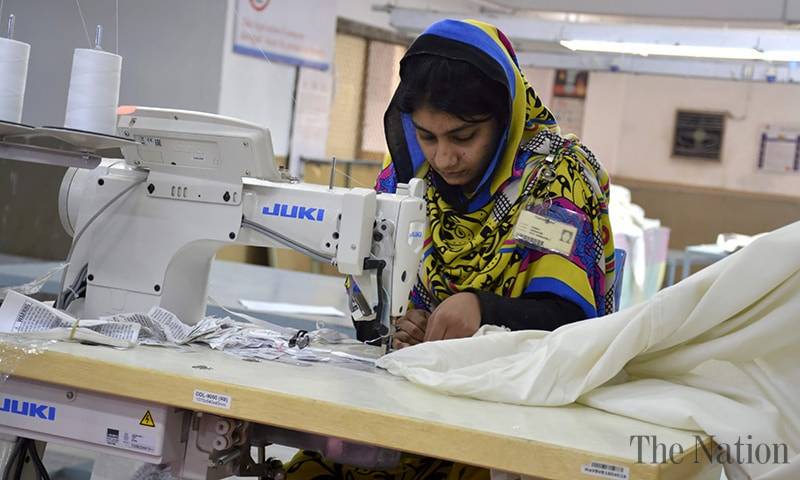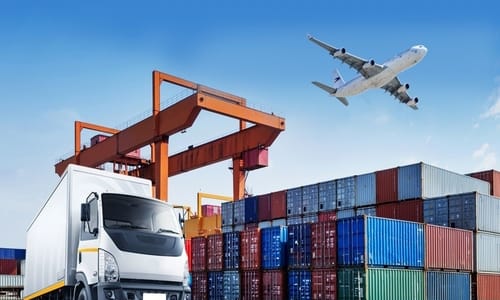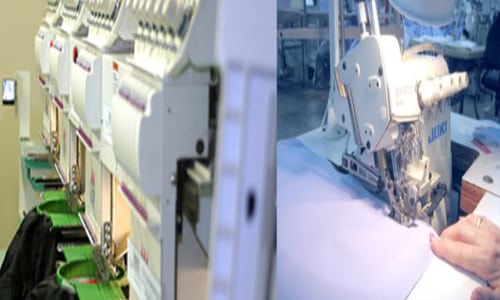
The current situation on Pakistani Textiles is rather precarious. In April 2020, textile exports declined by 65 percent to $404 million against exports of $1,1139 million in the same month of the previous year. May 2020 is not looking good either. As nearly 75 percent of the present installed capacity in the textile industry is based on exports, this erosion of such volumes, by any stretch of imagination, makes it to be an alarming situation. One, which is likely to have serious implications in the coming days, both on the trade deficit equation and also on the unemployment level in the country, post the outbreak of COVID-19. The industry accounts for nearly 67 percent of national exports, 12 percent of GDP and 40 percent of industrial employment, so it is imperative that it gets back on its feet with all cylinders firing, sooner rather than later. On the global front, according to industrial estimates, COVID-19 will wipe off more than US$300 billion from the global apparel market in 2020, a nearly 25 percent decline from last year. The United States will account for 42 percent of this loss. Apparel demand from other worst-hit western countries is also expected to drop by around 30 percent this year. In 2019, the global apparel market was worth about US$200 billion, a figure that is now not expected to return till 2023. Further, US retail sales dropped almost twice as much in April 2020, than what they did in March, as its economy saw its first full month where most businesses were completely closed because of lockdown – clothing retailers were particularly hard hit.
With EU and USA being the two largest markets respectively, there have been a very high number of cases for Pakistani exporters where the customers have either cancelled orders or simply reneged on their contracts. Since, most exports are transacted on CAD or CA (credit) terms, this poses to be a huge problem with no real leverage on the US and EU companies backing out of their commitments. The overall demand, both domestic and international, as we know, is in any case subdued due to COVID-19 and respective lockdowns in almost every country. Meanwhile, to make matters worse, both domestic and global yarn and cotton prices have crashed, which is never a good sign for the sector, because it adds to uncertainty! It is estimated that Pakistan’s textile orders valuing USD1.3 billion have so far been postponed or cancelled.
Add to this the issue arising specifically from buyers of products relating to the hoteling and tourism industry, where most have just outrightly reneged from their orders/agreements claiming that they see no hope of revival of the tourism industry in the near future. Our total annual exports to EU countries and USA exceed $10 billion, which means that even by conservative accounts, the various deferments or cancellations already done amount to almost $2.5 billion – a sum likely to be lost or stuck-up visibly for at least the next six months.
So what does this mean for Pakistan’s export oriented textile industry and what are the solutions, if any? The mere continuity of restrictions (local & global) in general for a longer period are fraught with risks to the textile industry of Pakistan. This situation will lead to serious cash flow and liquidity constraints. The cash flow crisis is likely to be so severe that many companies may find it impossible to maintain operations resulting in both bankruptcies and massive layoffs. Even by conservative estimates, this recession and collapse of the aggregate demand of the world is likely to be far more severe than what was witnessed in 2008/09. Meaning, in essence, what this implies is that the main issue that will be faced by the Pakistani textile exporting companies is of ‘liquidity’. To combat this phenomenon, our competitors are already announcing significant cash injection measures or some outright grants or policies that look to ensure: availability of cheap and adequate credit to the export industry and businesses; easing of the documentation process; deferment of governmental taxes and levies; etc. – with the idea being to make sure that our industry will be ready to start re-servicing the customers, as and when demand returns. Everyone knows that in the international markets once a customer is lost, it tends to be very difficult to win them back, especially in the short term. Timely state support to simply ensure that exporters remain solvent is going to be critical and if one was to list the measures that the government needs to announce quickly, then in the opinion of this author, the list should look something like this, if not necessarily in the same order:
First, is to ensure liquidity/solvency of Pakistani firms, so that when demand returns, companies are still operating to reclaim their historic market share. This needs to be done through a number of measures, which include: i) Increasing the national ceiling of export refinance available to the exporting firms whereby all firms can enhance their limits, ii) This enhancement will only be possible if the multiple of exports to refinance is instead dropped to 1:1, iii) Restoring Zero-rating with immediate effect & iv) Reducing the interest rate on export refinance to 3 percent.
Second, to freeze interest and defer repayments for one year on all LTTF loans availed by the exporting firms.
Third, to remove supply chain bottlenecks in order to improve competitiveness. Points one and two will go a long way in addressing this.
Fourth, to ease the SOPs for export manufacturing operations: On restarting production and on other modalities, e.g. forward currency bookings, late payment penalties, etc.
Fifth, Last but not least, take up at Ministerial and Embassy levels the endeavour to fight the cases of exporting firms with respective foreign buyers, to appeal to them or use State’s leverage to see to it that they honour their commitments and agreements.
While surely a lot will depend on how quickly the EU and USA markets recover and by when would the traditional customers of Pakistani Textiles be able to resume buying in a meaningful way, but at the same time a lot will also depend on the Pakistani government on how serious it is to save the textile exporting industry from being dismantled and to what extent it is willing to go in helping them to ride out this critical period till such time when markets gradually return to normalcy!








